Introduction to Poker Hand Rankings
Poker, a game of strategy and skill, is also a game of knowledge. One fundamental aspect that every poker enthusiast must understand is poker hand rankings. This article will shed light on the basic concept of poker hand rankings and will also introduce the important, related concepts of bet sizing and bluffing.
Basic Concept of Poker Hand Rankings
In poker, the strength of a hand is determined by its rank or value. These hand rankings are universally recognized and remain consistent across various poker variations. From high card to royal flush, there are ten different poker hand rankings to familiarize oneself with.
Here’s a basic outline of poker hand rankings from highest to lowest:
| Rank | Hand |
|---|---|
| 1 | Royal Flush |
| 2 | Straight Flush |
| 3 | Four of a Kind |
| 4 | Full House |
| 5 | Flush |
| 6 | Straight |
| 7 | Three of a Kind |
| 8 | Two Pair |
| 9 | Pair |
| 10 | High Card |
Each hand ranking has a specific arrangement of cards that determines its value. For instance, a Royal Flush, the highest ranking hand, consists of an Ace, King, Queen, Jack, and 10, all of the same suit.
Importance of Understanding Poker Hand Rankings
Understanding poker hand rankings is paramount to making sound decisions in poker. Whether it’s deciding which hands to play or fold, or determining the strength of your hand against potential hands of opponents, a solid understanding of hand rankings is key.
Moreover, knowing hand rankings also aids in assessing the probability of certain hands appearing, which can significantly influence your betting decisions. This is where the knowledge of pot odds and implied odds comes into play.
Furthermore, understanding poker hand rankings can help you better read your opponents’ hands and potential moves, making it easier to develop effective counter-strategies. Whether you’re considering 3-betting, making a bluff, or simply folding, the decisions you make are greatly influenced by your knowledge of poker hand rankings.
In conclusion, mastering poker hand rankings is a fundamental step for any poker enthusiast. It provides the foundation for more advanced strategies and techniques, ultimately helping you become a more competitive and successful player.
Detailed Breakdown of Poker Hand Rankings
Understanding poker hand rankings is fundamental to developing a strong poker strategy. Below is a detailed breakdown of poker hand rankings from the lowest to the highest:
High Card
If no combination can be made, then a player’s hand is valued at the highest single card. If two players have the same high card, the second highest card would be considered. High Card is the lowest hand in poker.
 3♠️ | 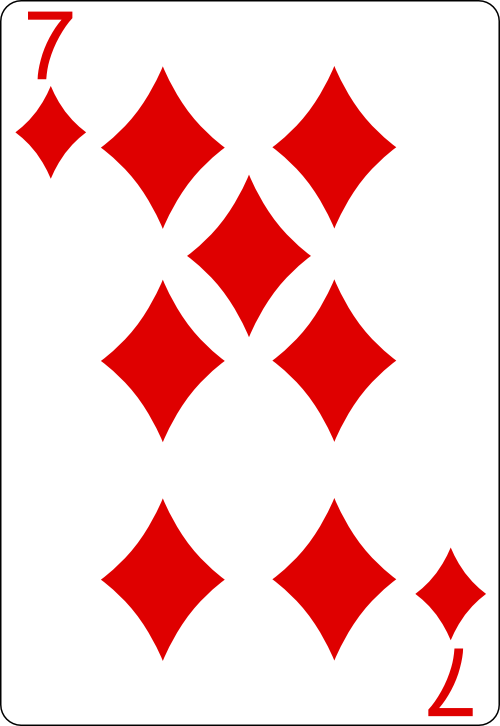 7♦️ |    10♣️ |    K♠️ |    A♥️ |
Pair
A pair is formed when you have two of any of the same cards.
Example: 10, 10, 4, 5, 2.
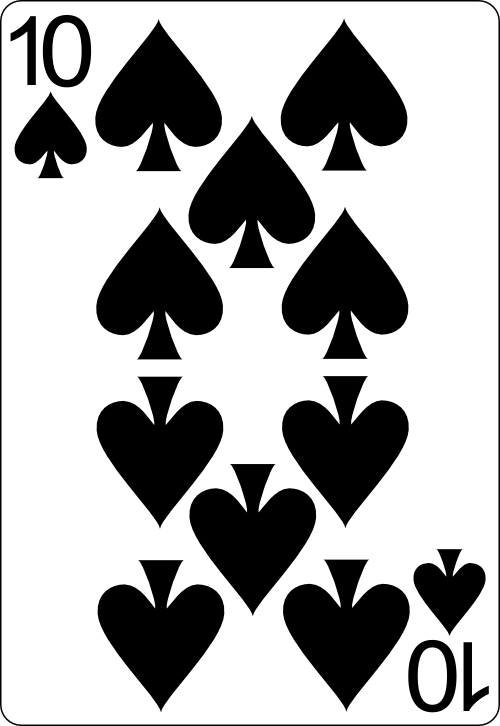   10♠️ |    10♦️ |    4♣️ |     5♠️ | 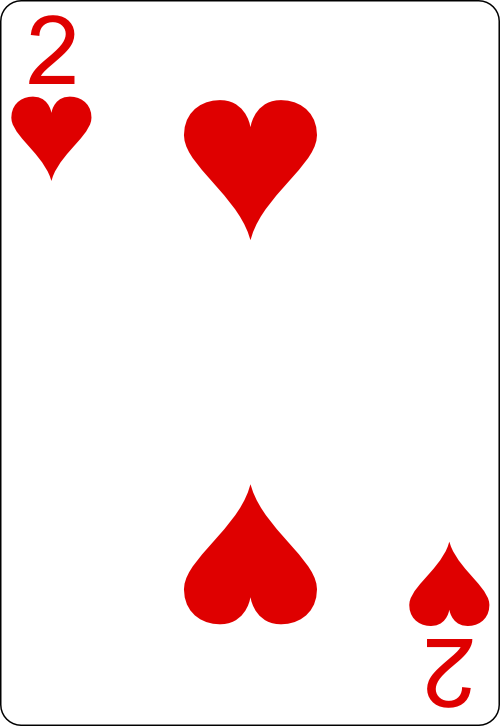  2♥️ |
Two Pair
Two pair consists of two cards of one rank, and two cards of another rank.
Example: 5, 5, 9, 9, K.
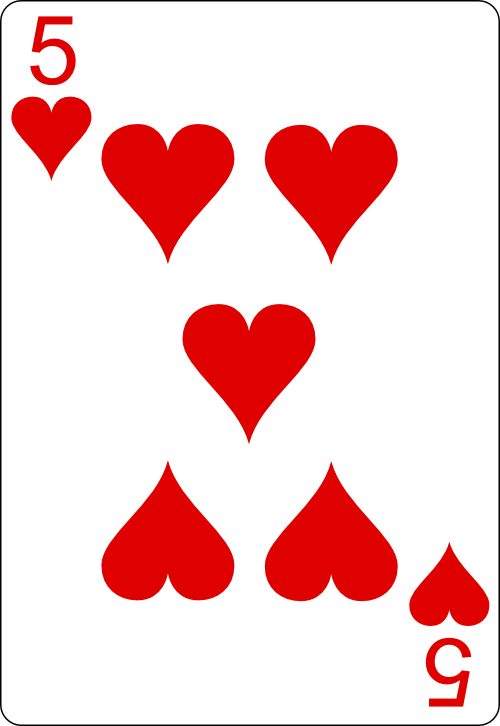  5♥️ |     5♠️ | 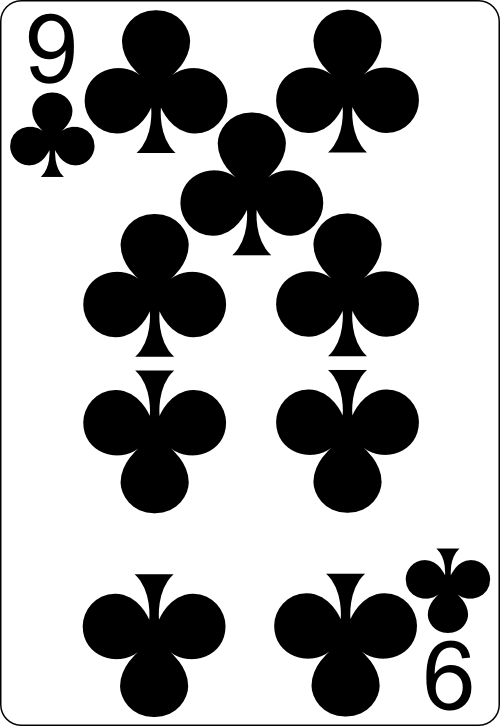   9♣️ | 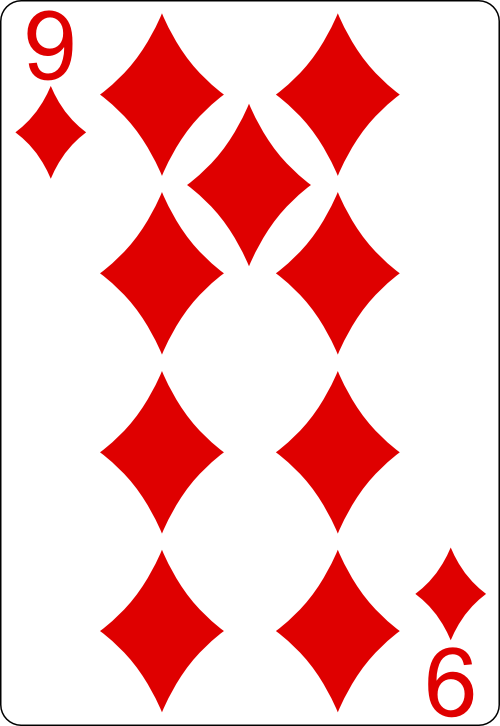  9♦️ |   K♦️ |
Three of a Kind
Three of a kind is simply three cards of the same rank.
Example: 7, 7, 7, K, 9.
   7♦️ | 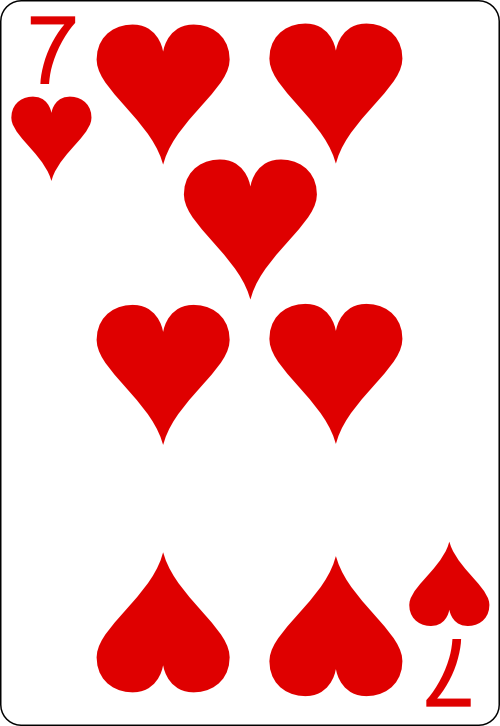  7♥️ | 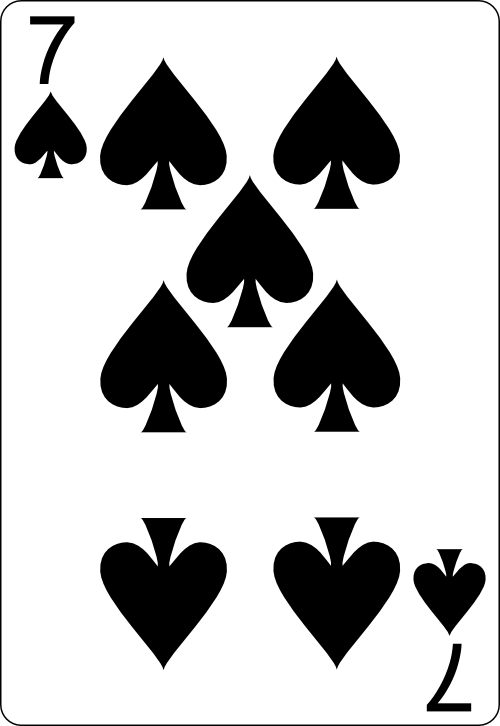   7♠️ |   K♥️ |    9♣️ |
Straight
A straight is five consecutive cards. The suit of the cards does not matter with a straight.
Example: 10, J, Q, K, A.
   10♣️ |   J♦️ |    Q♠️ | 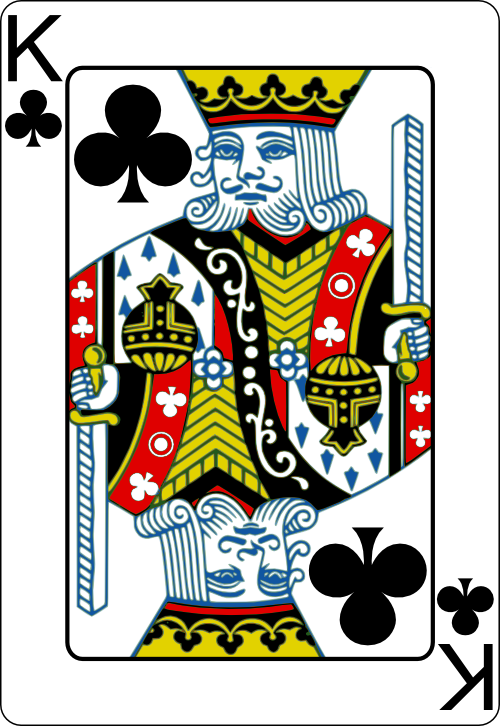  K♣️ |    A♥️ |
Flush
A flush is any five cards, all of the same suit.
Example: 5, Q, 3, 10, A (all diamonds)
  5♦️ | 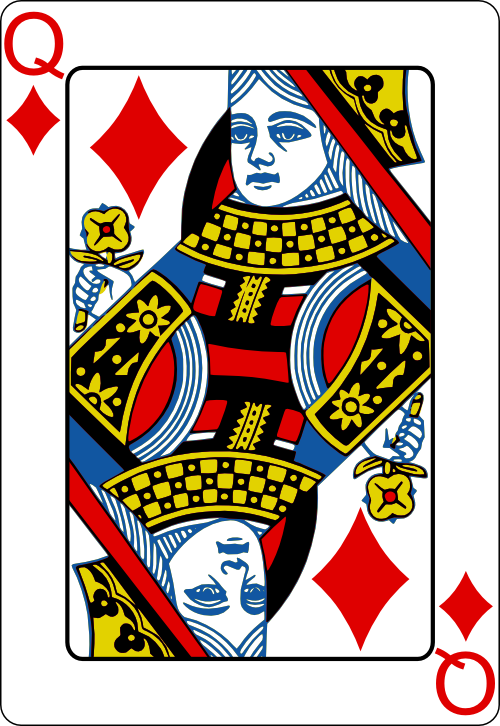   Q♦️ |   3♦️ |    10♦️ |   A♦️ |
Full House
A full house consists of three of a kind and a pair.
Example: 8, 8, 8, Q, Q.
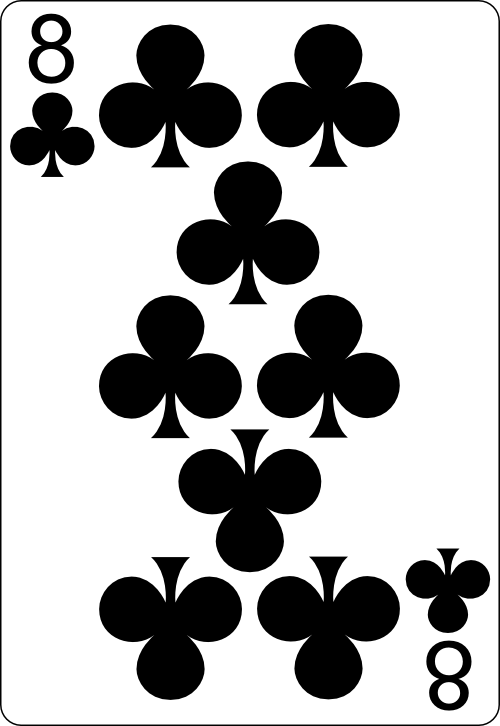  8♣️ | 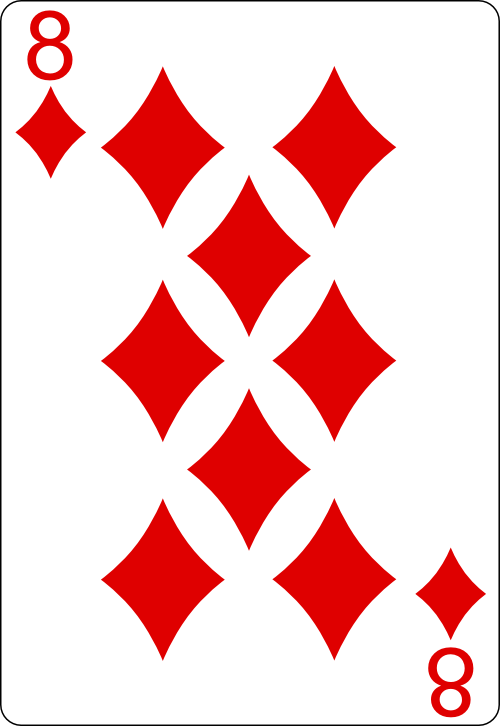  8♦️ | 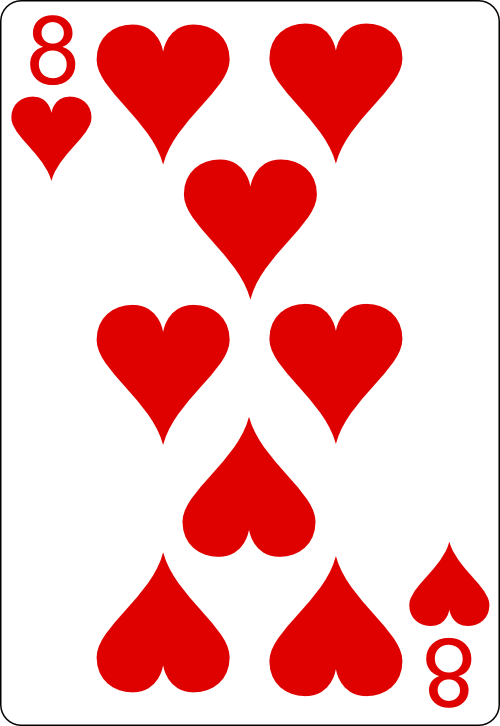  8♥️ |   Q♣️ |    Q♦️ |
Four of a Kind
Four of a kind is all four cards of the same rank.
Example: 4, 4, 4, 4, 9.
  4♠️ |    4♣ |   4♥️ |   4♦️ | 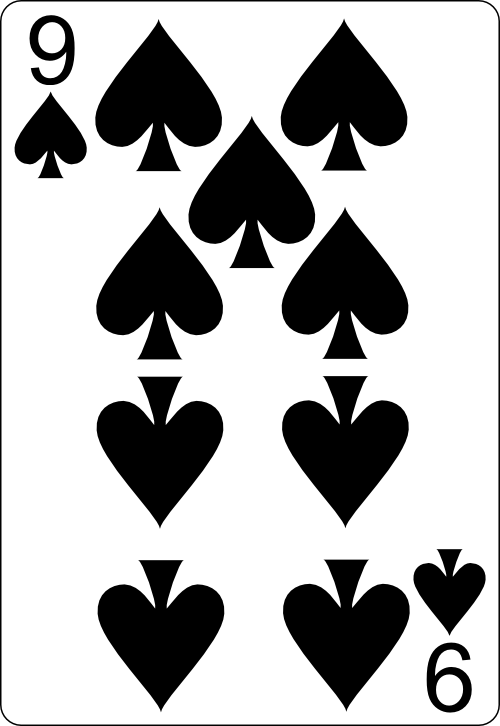   9♠️ |
Straight Flush
A straight flush is a five-card straight, all in the same suit.
Example: 5, 6, 7, 8, 9 (all spades).
    5♠️ |   6♠️ |    7♠️ | 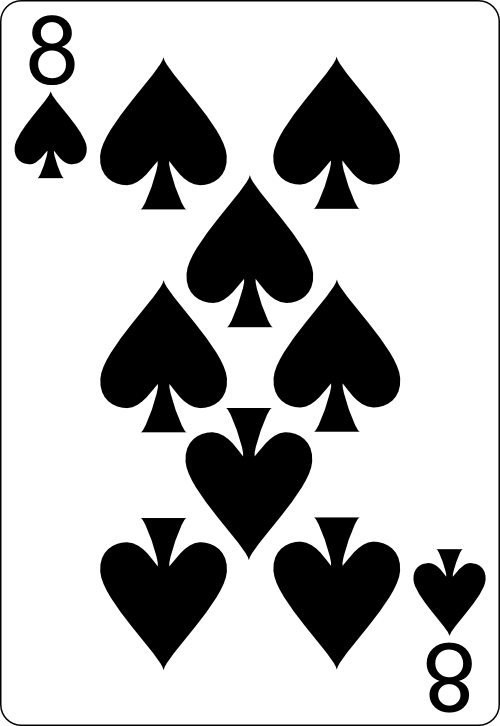  8♠️ |    9♠️ |
Royal Flush
A royal flush is a straight flush but at the top end.
Example: 10, J, Q, K, A (all of the same suit).
   10♠️ |   J♠️ |    Q♠️ |    K♠️ |   A♠️ |
| Poker Hand | Example |
|---|---|
| High Card | 3, 7, 10, K, A |
| Pair | 10, 10, 4, 5, 2 |
| Two Pair | 5, 5, 9, 9, K |
| Three of a Kind | 7, 7, 7, K, 9 |
| Straight | 10, J, Q, K, A |
| Flush | 5, Q, 3, 10, A (all diamonds) |
| Full House | 8, 8, 8, Q, Q |
| Four of a Kind | 4, 4, 4, 4, 9 |
| Straight Flush | 5, 6, 7, 8, 9 (all spades) |
| Royal Flush | 10, J, Q, K, A (all of the same suit) |
The ability to recognize these poker hand rankings and understand their probabilities of occurrence will help you make more informed decisions during a game. This knowledge, combined with understanding the principles of betting, bluffing, and hand selection, will improve your overall poker strategy. For more information on these strategies, check out our articles on 3-betting in poker, bluffing in poker, and poker hand range.
Importance of Bet Sizing in Poker
Bet sizing is a crucial element of any successful poker strategy. It can influence the game’s outcome and play a significant role in maximizing your potential winnings. Understanding the concept of bet sizing and how it relates to poker hand rankings is vital to improving your game.
Understanding Bet Sizing
Bet sizing refers to the amount a player decides to bet or raise in a given hand. The size of the bet can vary based on several factors, including the player’s goals, the game’s stage, and the player’s perceived strength or weakness of their hand. It’s a dynamic element of poker strategy that requires careful thought and consideration.
A player might choose to bet small to lure opponents into the pot, or they might bet big to scare off opponents with weaker hands. The aim is to manipulate the pot size and the action at the table to your advantage. For more detailed strategies on bet sizing, check out our article on poker bet sizing strategy.
How Bet Sizing Relates to Hand Rankings
The relationship between bet sizing and poker hand rankings is straightforward: the stronger your hand, the more you might be willing to bet. However, it’s not always that simple. Players must also consider their opponents’ potential hands, the pot odds, and the implied odds when deciding their bet size.
For instance, if a player holds a strong hand such as a ‘full house’ or ‘four of a kind’, they might choose to bet big to extract value from opponents. On the other hand, if a player has a weaker hand like a ‘high card’ or ‘pair’, they might opt for a smaller bet to mitigate potential losses.
However, savvy players often use bet sizing as a deceptive tool. For instance, a player might make a large bet with a weaker hand to bluff their opponents into folding. Conversely, they might make a small bet with a strong hand to entice their opponents into the pot. Understanding these dynamics can significantly enhance your poker strategy. Visit our article on bluffing in poker to learn more about this tactic.
In summary, bet sizing is an essential part of poker strategy that directly relates to poker hand rankings. By understanding and effectively using bet sizing, players can influence the game’s outcome and maximize their potential winnings. Keep exploring the intricacies of poker to refine your strategies and improve your game.
Role of Bluffing in Poker Strategy
Bluffing plays a significant role in poker strategy. It’s considered a potent weapon in a player’s arsenal, but using it effectively requires a deep understanding of the game’s intricacies, including the importance of poker hand rankings.
The Art of Bluffing
Bluffing is the act of making your opponents believe that you have a stronger hand than you actually do. It’s a psychological tactic designed to instill doubt in your opponents, potentially leading them to fold superior hands. But bluffing isn’t just about deception; it also requires an understanding of timing, player tendencies, and, crucially, hand rankings.
To bluff effectively, a player needs to convince their opponents that they have a possible winning hand. This often requires a solid understanding of the likelihood of certain poker hand rankings appearing, as well as an ability to project confidence and control. For a comprehensive guide on bluffing, visit our article on bluffing in poker.
How Bluffing Relates to Hand Rankings
The connection between bluffing and hand rankings lies in the ability to convincingly represent a particular hand. For instance, if the community cards suggest the possibility of a Straight or Flush, a player with a keen understanding of poker hand rankings might choose this moment to bluff, representing that they have achieved one of these powerful hands, even if they haven’t.
The success of such a bluff largely depends on how well a player can ‘sell’ their story. If their betting pattern, demeanor, and timing align with the hand they’re representing, their bluff might succeed. However, if their behavior is inconsistent with the hand they’re pretending to have, perceptive opponents might call their bluff.
Bluffing, therefore, requires a deep understanding of hand rankings and the frequency with which they appear in typical games. This knowledge helps a player decide when bluffing is likely to be successful and when it’s better to play honestly.
Remember, bluffing is a tool, not a strategy in itself. It should be used in conjunction with other strategies, like proper hand selection, understanding of pot odds, and effective bet sizing. By mastering these aspects of poker, a player can improve their bluffing skills and become a formidable opponent at the poker table.
Making the Right Hand Selection
In poker, the selection of hands you choose to play is crucial to your overall strategy and success. This process is influenced by a variety of factors, including positioning, opponent tendencies, and of course, poker hand rankings.
Factors Influencing Hand Selection
When deciding which hands to play, several factors come into play. The first is your position at the table. Players in later positions can afford to play more hands since they have more information about their opponents’ actions.
Another factor is the tendencies of your opponents. If you’re playing against tight opponents, you might be able to play more hands. Conversely, if your opponents are loose, it’s best to play fewer hands.
Your current chip stack also influences your hand selection. If you have a large stack, you can afford to take more risks. However, if your stack is small, you’ll need to be more conservative.
Lastly, the pot odds and implied odds can affect your decision. Pot odds refer to the ratio of the current size of the pot to the cost of a contemplated call, while implied odds consider the expected future bets that can be won if a drawing hand is completed. For a comprehensive understanding of these concepts, check out our articles on pot odds in poker and implied odds in poker.
How Poker Hand Rankings Influence Hand Selection
Understanding poker hand rankings is fundamental for hand selection. Generally, hands that are ranked higher in the poker hand rankings have a greater chance of winning the pot. Therefore, these are the hands you want to be playing.
However, this doesn’t mean you should only play the highest-ranked hands. Depending on the situation and the factors mentioned earlier, sometimes it might be advantageous to play a lower-ranked hand. For example, bluffing can sometimes be an effective strategy, even with a low-ranked hand. Learn more about this in our article on bluffing in poker.
Also, it’s essential to consider your hand range, which refers to the set of hands you would play in a given situation. The wider your range, the more hands you’re willing to play. The optimal hand range can vary depending on your position, the action in front of you, and the tendencies of your opponents. For more insight on this, check out our article on poker hand range.
Ultimately, hand selection is a complex aspect of poker strategy that requires a deep understanding of the game, including a thorough knowledge of poker hand rankings. By considering all these factors and adapting your strategy accordingly, you can make the most out of your hands and increase your chances of winning.

